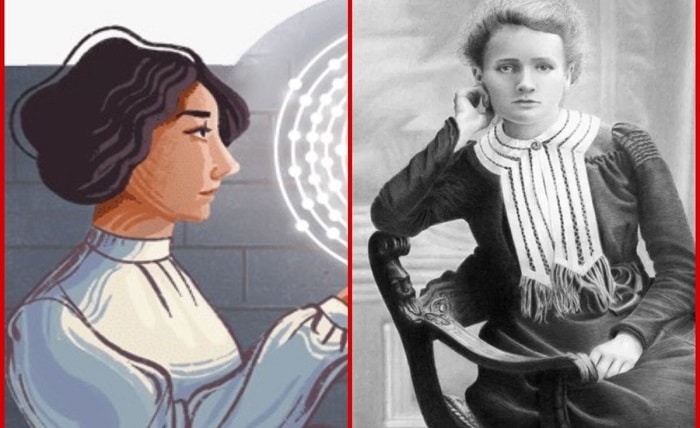Ștefania Mărăcineanu: A Legacy of Pioneering Research in Radioactivity and an Enduring Inspiration for Women in Science

In the annals of scientific history, the name Ștefania Mărăcineanu often remains overshadowed by her more celebrated contemporaries. Yet, her contributions to the field of radioactivity research were groundbreaking and far-reaching, laying the foundation for future discoveries and shaping our understanding of the subatomic world. Here, we delve into the life and work of Ștefania Mărăcineanu, a brilliant Romanian physicist who defied societal norms and made significant contributions to science despite facing numerous challenges.
Early Life and Education: A Passion for Science Amidst Adversity
Stefania Mărăcineanu was born on June 18, 1882, in Bucharest, Romania, into a middle-class family. From a young age, she exhibited a keen interest in science, particularly in the realm of physics and mathematics. Despite the limited educational opportunities for women at the time, she persevered in her pursuit of knowledge, excelling in her studies and demonstrating an exceptional aptitude for scientific inquiry.
Academic Pursuits and Pioneering Research: Breaking Barriers in a Male-Dominated Field
In 1910, Stefania Mărăcineanu secured a scholarship to study physics at the Sorbonne University in Paris, France. Under the guidance of renowned physicist Marie Curie, she embarked on a groundbreaking research journey, delving into the mysteries of radioactivity. Her work focused on understanding the nature of alpha particles and their interactions with matter.
Mărăcineanu’s most significant contribution lies in her discovery of induced radioactivity, a phenomenon in which certain elements can become radioactive when bombarded with alpha particles. This discovery was a paradigm shift in the understanding of radioactivity, paving the way for future research on nuclear reactions and artificial radioactivity.
Recognition and Legacy: A Pioneer’s Impact on Science
Ștefania Mărăcineanu’s groundbreaking research earned her recognition within the scientific community. She published numerous scientific papers, presented her findings at international conferences, and collaborated with leading physicists of her time. Despite her significant contributions, her work often went unacknowledged, with her discoveries sometimes attributed to her more prominent male colleagues.
Despite facing gender bias and undervaluation, Stefania Mărăcineanu’s legacy endures as a testament to her unwavering dedication to scientific inquiry and her groundbreaking contributions to the field of radioactivity research. Her work laid the foundation for future discoveries and continues to inspire generations of women in science to pursue their dreams and make their mark on the world.
Conclusion:
Stefania Mărăcineanu’s life and work serve as a powerful reminder of the transformative impact that women can have in science, technology, engineering, and mathematics (STEM) fields. Her unwavering determination, intellectual brilliance, and groundbreaking discoveries have enriched our understanding of the subatomic world and continue to inspire aspiring scientists worldwide. Her story challenges us to recognize and celebrate the contributions of women in STEM, fostering a more inclusive and equitable environment where all individuals can thrive and contribute to scientific progress.




